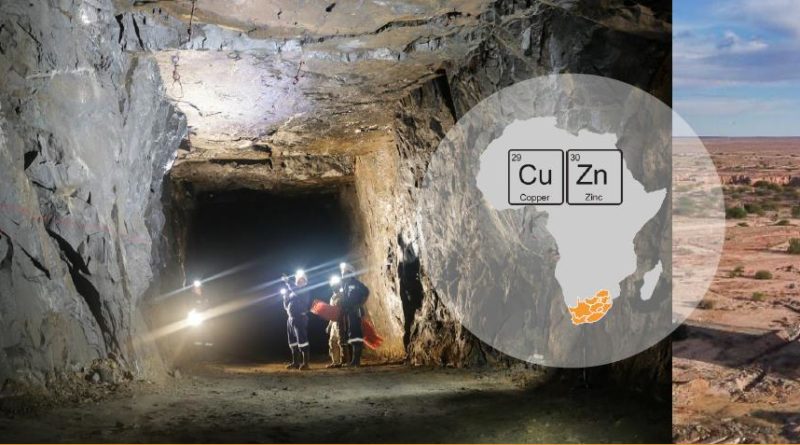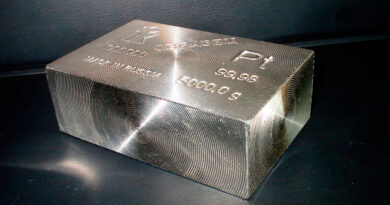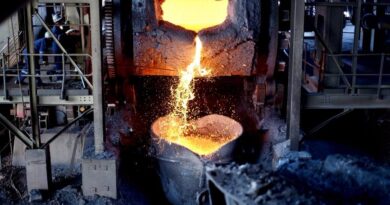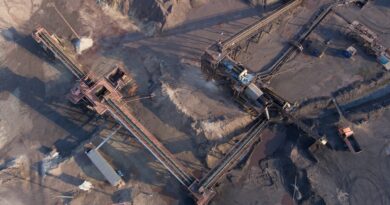Jacomynspan Nickel-Copper-Cobalt Project update
Significant shallow high-grade nickel-copper-cobalt-PGE intercept confirms strong open pit potential at Jacomynspan Nickel-Copper-Cobalt Project, located 80km NW of the Prieska Copper-Zinc Project, both owned by Orion Minerals.
The intercept lies within a mineralised ultramafic body commencing from just 85m below surface, highlighting an outstanding opportunity to drill out a shallow zone potentially extending over a strike length of up to 3km.
Diamond drill hole at the Jacomynspan has intersected a shallow massive sulphide zone at 31.53m containing 0.72% Ni, 0.34% Cu, 0.05% Co and 0.45g/t 2PGE+Au from 100.63m down-hole, including 7m at 1.55% Ni, 0.345% Cu, 0.10% Co and 0.43g/t 2PGE+Au from 106.00m down-hole.
Previous drilling targeted the deeper parts of the deposit with a view to evaluating underground mining potential, leaving the shallower parts of the structure virtually unexplored.
Orion’s Managing Director and CEO, Errol Smart, said: “We could not have asked for a better start to our initial drilling to test the shallow open pit potential at Jacomynspan. The high-grade massive sulphide intercept in diamond hole OJPD055 has certainly exceeded our expectations in terms of the potential for higher-grade nickel mineralisation to occur close to surface. This is the best intersection ever achieved at Jacomynspan and confirms our view that there is a significant open pit opportunity at this project.
“Previous explorers pretty much ignored the upper 200m of the deposit as their mindset was focused on underground mining that would sterilise a large crown pillar to be left at surface.
“Because this sulphide mineralisation is so shallow, we see a clear opportunity to add substantial value to the project in a short space of time and at relatively little cost. We are now planning an intensive resource drill-out focused on the upper 200m, in parallel with metallurgical investigation which are currently underway. We also intend to sample and test the metallurgical characteristics of the upper 60m of oxidised ore that has been completely ignored in the past.”




